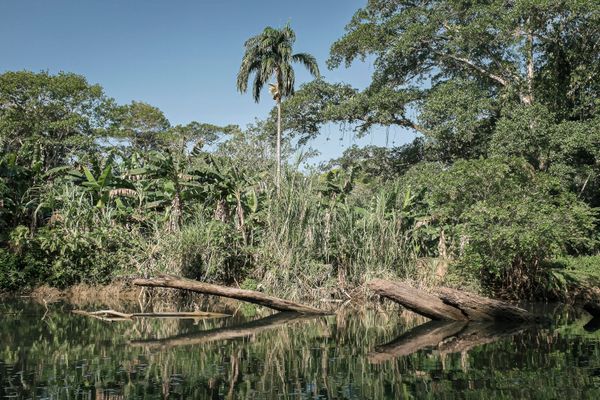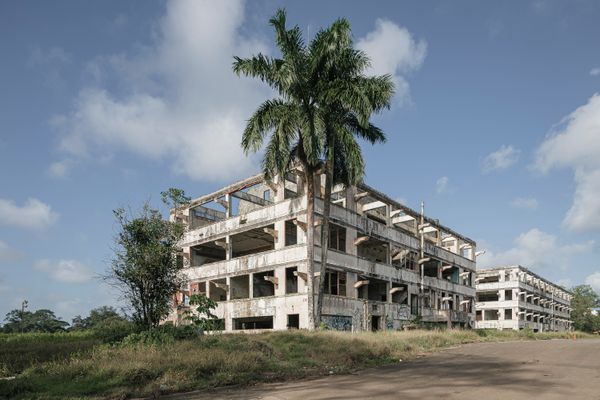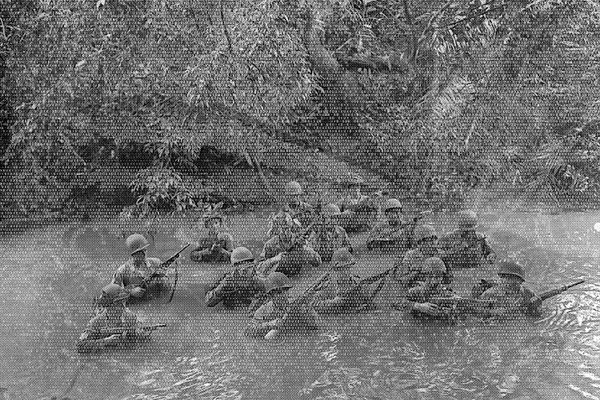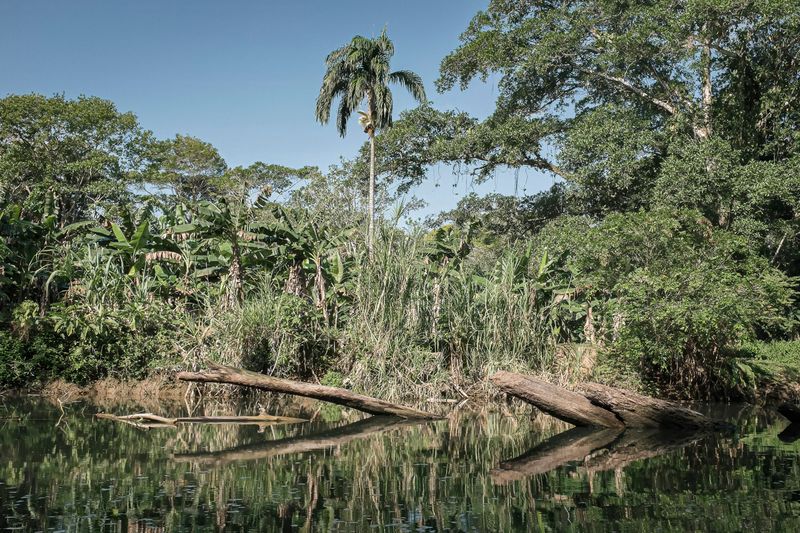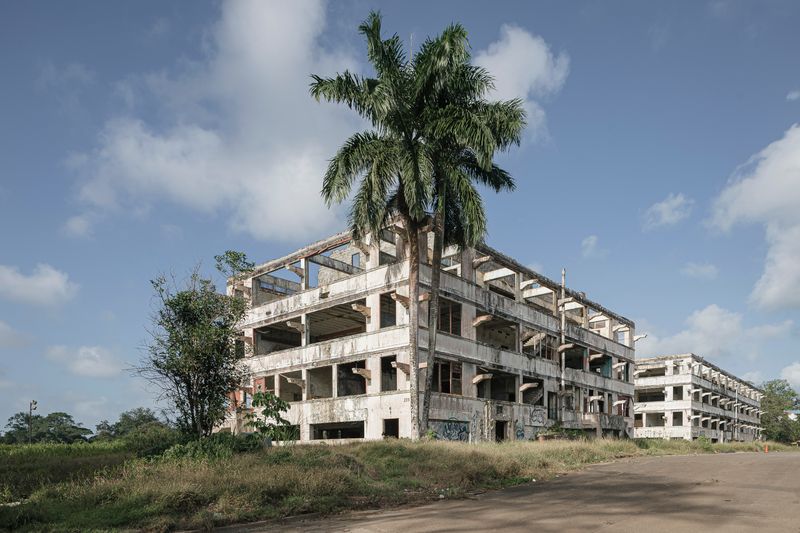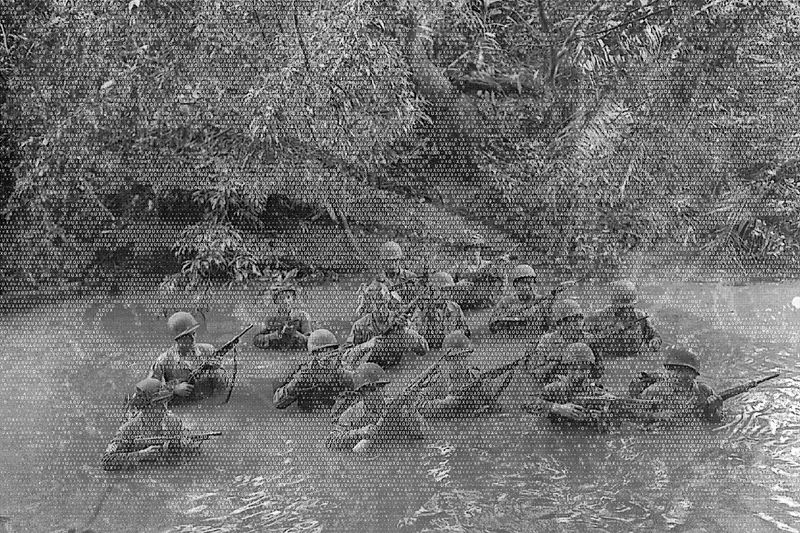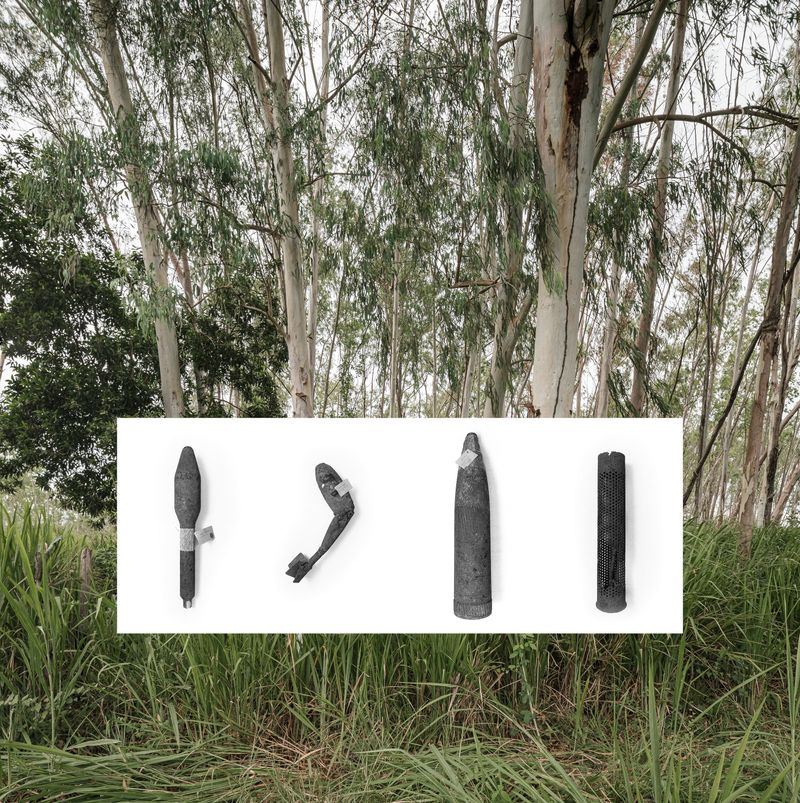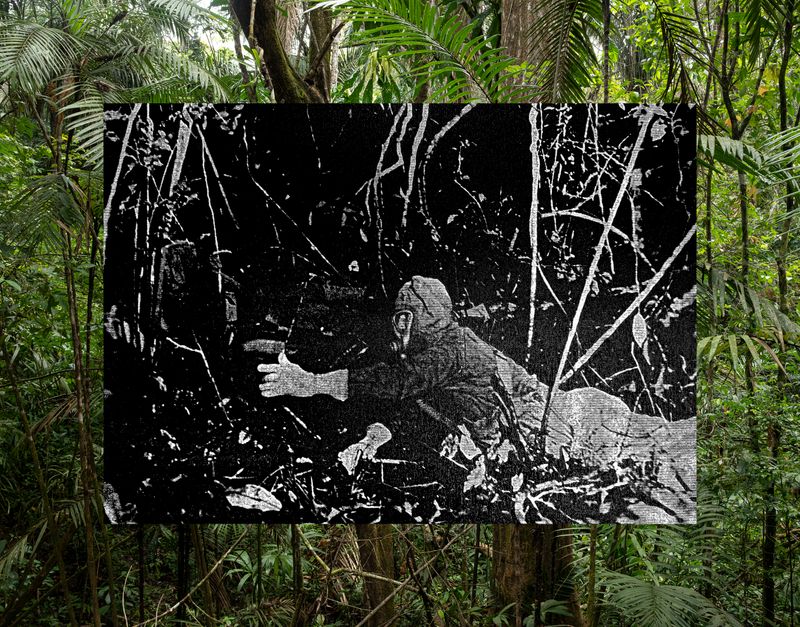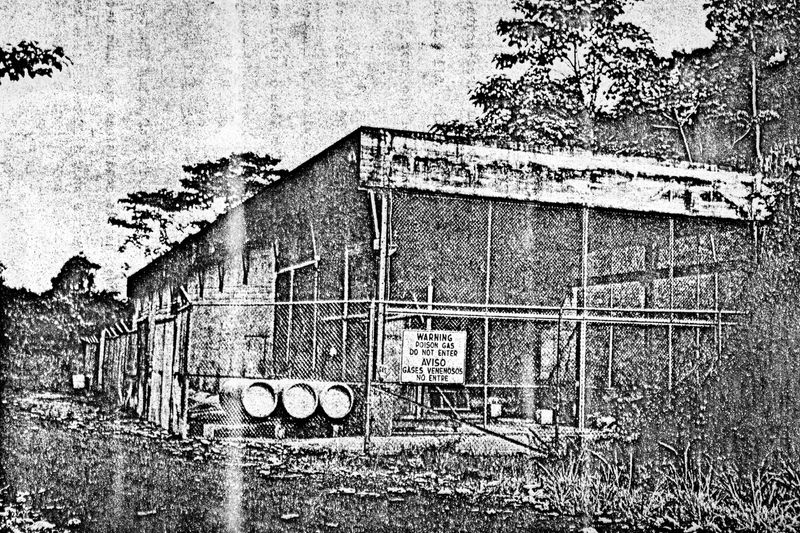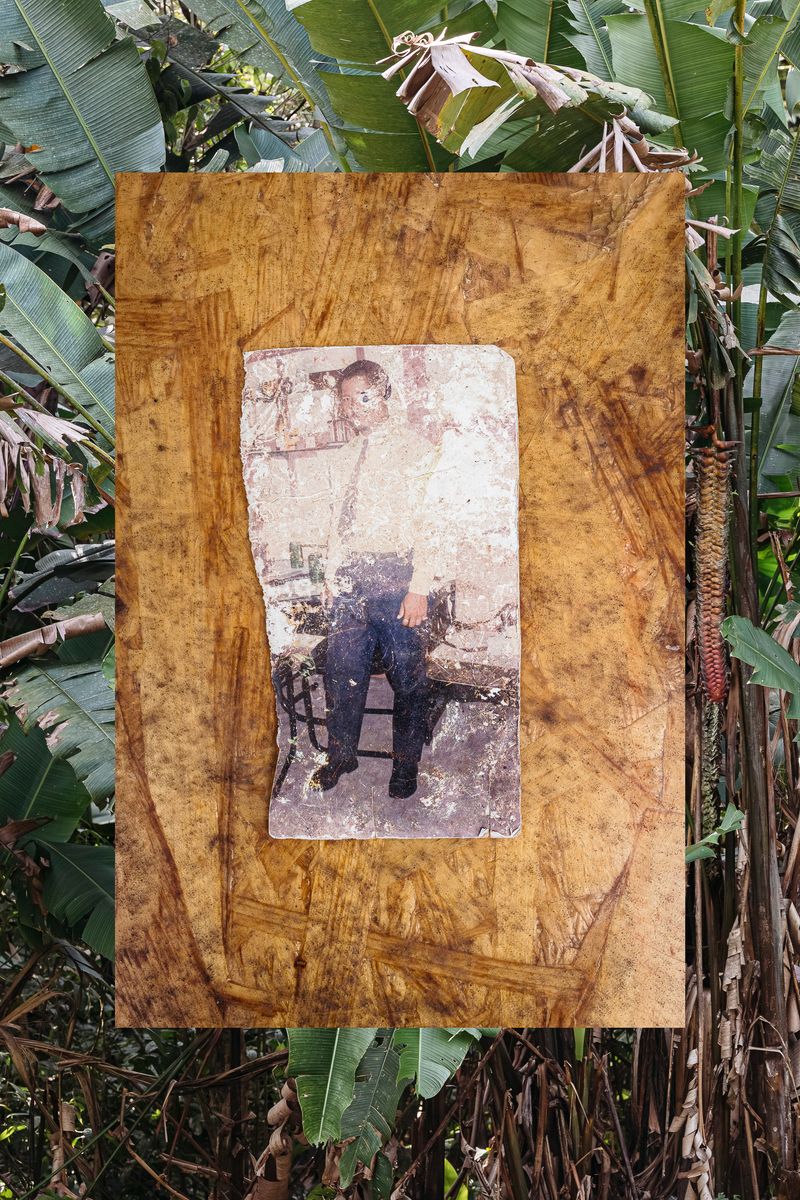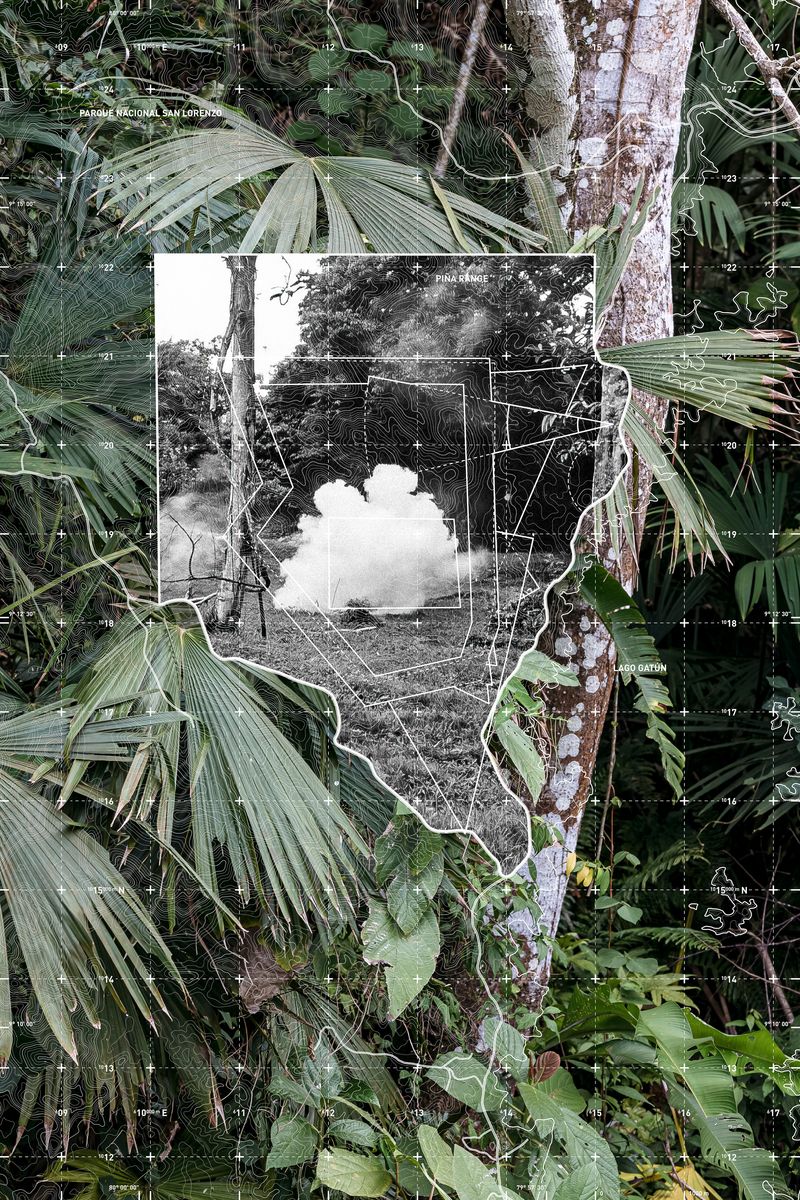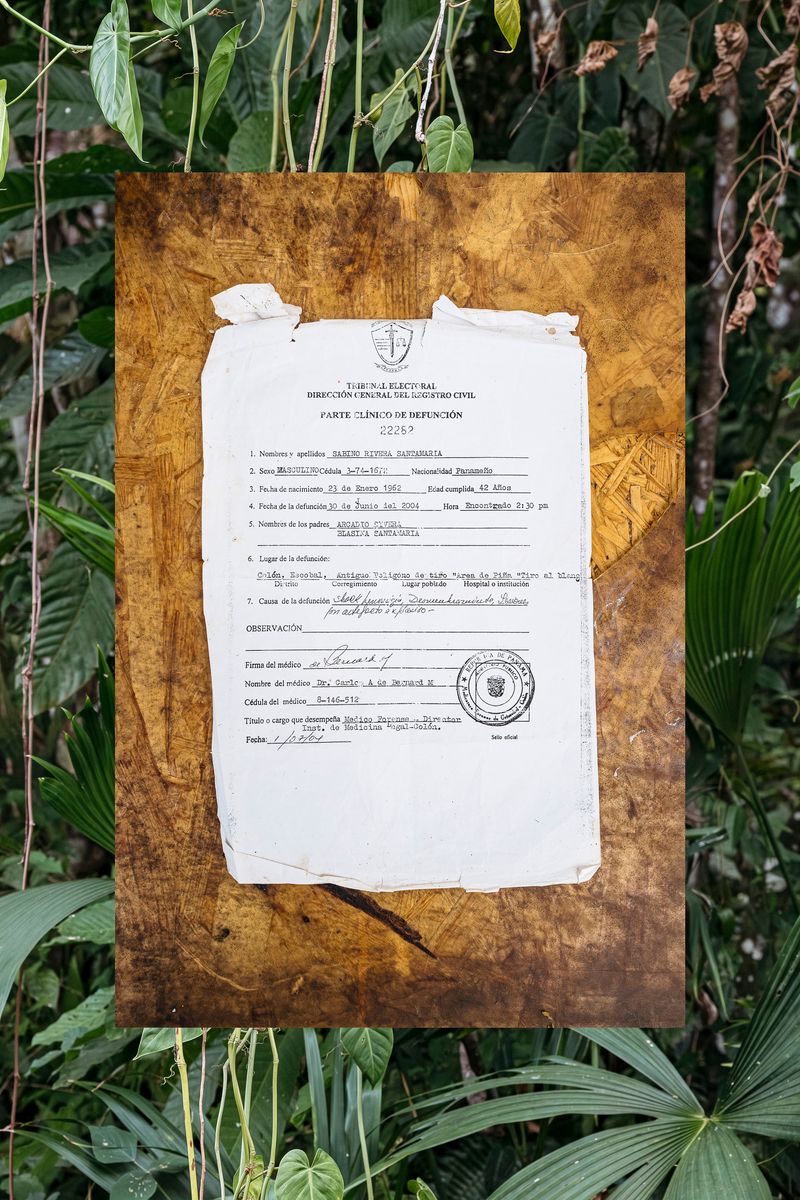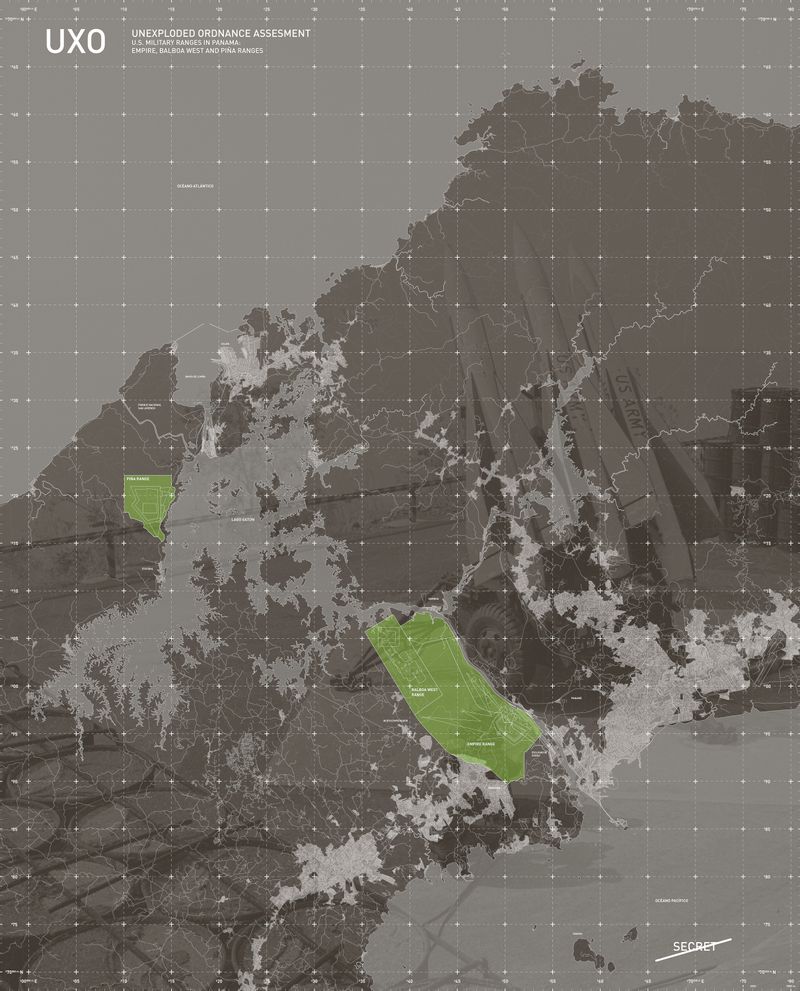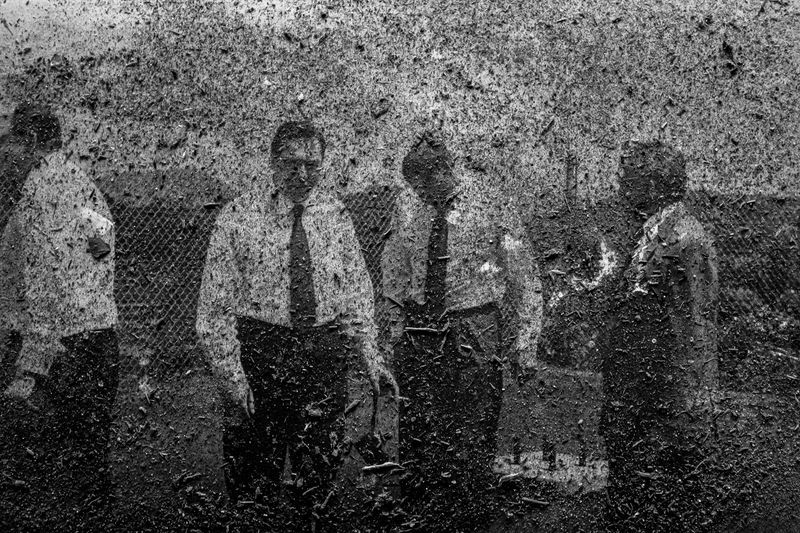Bombas no detonadas
-
Dates2024 - Ongoing
-
Author
- Location Panama, Panama
-
Recognition
The Panamanian rainforest has been the ideal space for the development of military activities, experimentation with chemical weapons and the creation of defense infrastructure by the US Army.
The former Canal Zone and its vast tropical forest territory can be considered a manifestation of the mythological Lethe, the river of Hades whose waters, in ancient Greek and Roman tradition, cause oblivion.
The tropical forest has been the ideal space to act under the shadows of society, giving space to the development of military activities, experimentation with chemical weapons and the creation of defense infrastructure outside our daily lives and above our Sovereignty.
The legacy of unexploded ordnance transcends time and reminds us of the constant military threat of the time and its impact on the socioeconomic, diplomatic and psychological conflicts that have characterized the relationship between the United States and Panama.
Over time, every bad decision we make as a society affects us, transforming us into the unexploded ordnance we inherited.
This project is the result of the second edition of FARO, the Panama Canal Museum’s annual artistic residencies program, and is a reflection on events that occurred in Panama between 1903 and 1964, through an installation that has its roots on the San Jose Project, an experimentation plan with chemical weapons executed by the United States of America army within the former Canal Zone.
Unexploded ordnance seeks to connect this and other topics with photographs, archived material, abstraction excercises and audiovisual material that call us to the critical analysis of a historical event of national relevance and global considerations.
The artistic project considered documentary material from the Panama Canal Museum, the Roberto Chiari Library, the National Library of Panama, the US Library of Congress and the National Archives Catalog.
During the residency, the artist made multiple field visits, interviews and photographic documentation on site and moved his studio to the museum facilities, where he collaborated with different members of its team and audiences interested in art, photography and the history of Panama.
